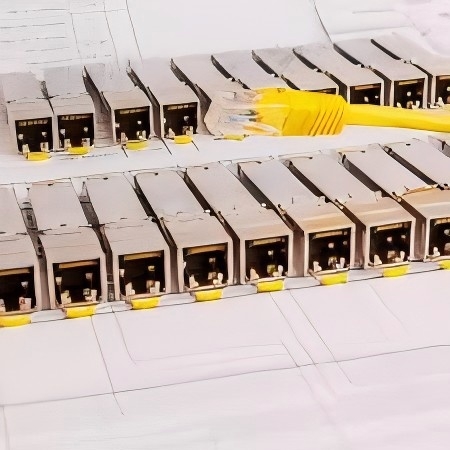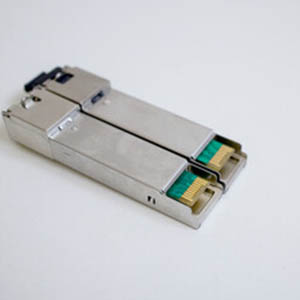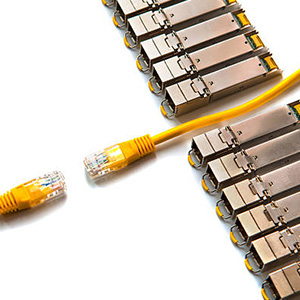In networking, the integration of SFP (Small Form-factor Pluggable) modules at varying speeds can be a delicate balancing act. While it’s technically feasible to deploy modules with different speeds within the same network, doing so comes with specific challenges and considerations.
Ensuring Compatibility and Performance
First and foremost, it’s essential to ensure that the SFP modules and network devices are compatible. Although SFP ports are often backward compatible, supporting lower-speed modules without issue, the network’s overall performance will be capped by the slowest module in use. For example, integrating a 1Gbps SFP module into a network designed for 10Gbps will limit the entire network’s speed to 1Gbps.
Addressing Compatibility and Scalability
When contemplating the mixing of SFP speeds, network administrators must consult the manufacturer’s documentation and seek guidance on compatibility to avoid potential issues. Moreover, with the advent of higher-speed modules like 25Gbps and 40Gbps, there’s a trend toward utilizing these in network equipment, which demands forward-thinking about scalability and future upgrades.

Challenges of Mixing SFP Speeds
The main challenge of mixing SFP speeds lies in maintaining network performance and compatibility. Not all SFP modules support multiple speeds, and network equipment must be capable of handling the mixed speeds without creating bottlenecks or causing congestion.
Network Configuration and Monitoring
Proper configuration and monitoring are also paramount. Network administrators may need to adjust VLANs or apply Quality of Service (QoS) policies to manage traffic effectively and maintain balance within the network.

Future-Proofing the Network
Looking ahead, it’s crucial to consider the network’s scalability. As networking technology advances, higher-speed SFP modules are becoming more common. Planning for future expansion and potential upgrades will help sustain optimal network performance.
Multi-Speed SFP Modules and Advancements
On a positive note, the development of multi-speed SFP modules offers a solution to some of the challenges. These modules can negotiate the highest compatible speed between devices, minimizing the impact on performance.
Conclusion
In conclusion, while mixing SFP speeds is possible, it requires careful planning, compatibility checks, and a keen eye on performance implications. By adhering to best practices and keeping abreast of technological advancements, network administrators can achieve a harmonious balance in their network configurations.










